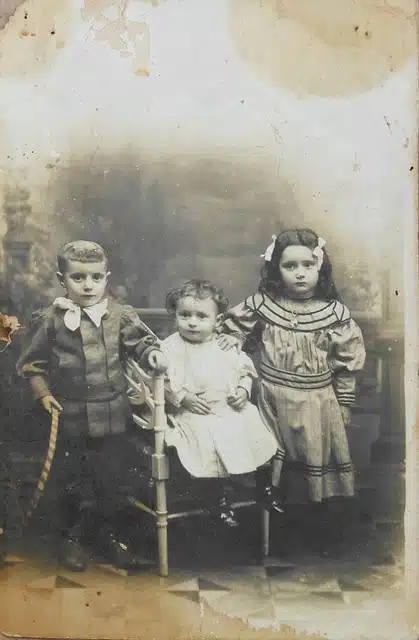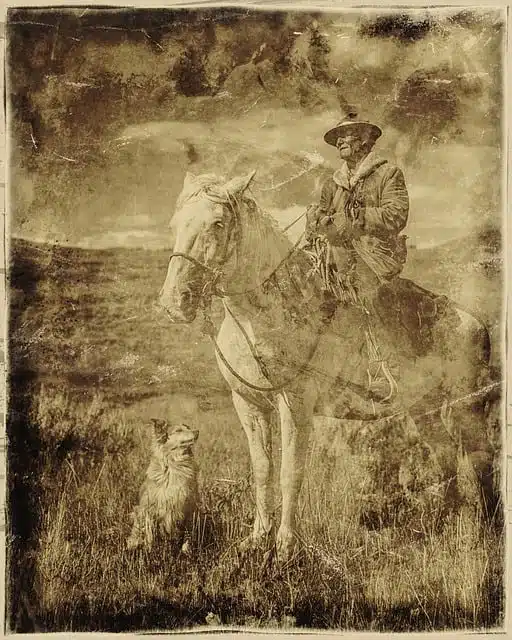
The daguerreotype was created by Louis Daguerre in 1839.
In 1839, the French inventor, physicist and painter Louis Daguerre (1787-1851) unveiled a device that allowed images to be recorded through a chemical procedure. This device was known as a daguerreotype .
The term is used to name both the machine and the image obtained with it . It is also used as a synonym for daguerreotype , which is the name given to the technique in question.
Origins of the daguerreotype
Daguerre continued the work started by another French scientist - Joseph Nicéphore Niépce (1765-1833). To obtain a photograph , the daguerreotype used a silver-plated copper plate that was exposed to iodine vapor to make it photosensitive. Then, with mercury vapors , silver and mercury amalgams were generated that gave rise to the revealed image.
In addition to all the above, we have to make known that the moment Daguerre made the daguerreotype publicly known was in August 1839 . He did it at the French Academy of Sciences with great repercussion.

The daguerreotype allowed images to be recorded using a chemical procedure.
a cameraman
Likewise, we must know that, with the passage of time and with the support of his brother-in-law, this illustrious character managed to put on sale a camera of his own invention that responded to the name of Daguerréotype , which had the peculiarity of bearing his signature. .
Thanks to that camera and the pace achieved by the aforementioned Frenchman, leaps and bounds were made in the world of photography. Thus, among other things, the first photography magazine that was created was in 1850 and was titled “The Daguerreian Journal” .
In the same way, it is interesting to know that, thanks to the daguerreotype and the aforementioned camera, in 1842 the photographer Carl F. Stelzner managed to obtain the first photograph of an event. Specifically, it was the image of a fire that devastated a neighborhood in the city of Hamburg .
Of course, we must not forget that the daguerreotype was used within the scientific field. A good example of this is that the optician Soleil created, in 1839 , a microscope-daguerreotype.
Advantages and disadvantages of the daguerreotype
The daguerreotype is considered the first successful process in history for taking photographs. However, the exposure time to capture the image, the impossibility of obtaining copies, the fragility of the photo and the contamination generated by mercury vapor were some of the drawbacks that the device presented.
At that time there were also other photographic procedures besides the daguerreotype. Among them appeared the calotype , created by the British William Fox Talbot . In this case, paper treated with gallic acid and silver nitrate was used: the images captured were fixed using sodium hyposulfite.
The advantages of the calotype over the daguerreotype were that it required a shorter exposure time, it was less heavy, and the products used to develop and fix it were not as toxic.
The advancement of techniques such as the daguerreotype and the calotype allowed, over the years, the development of modern photography , which took a new technological leap from the creation of digital photography.
